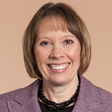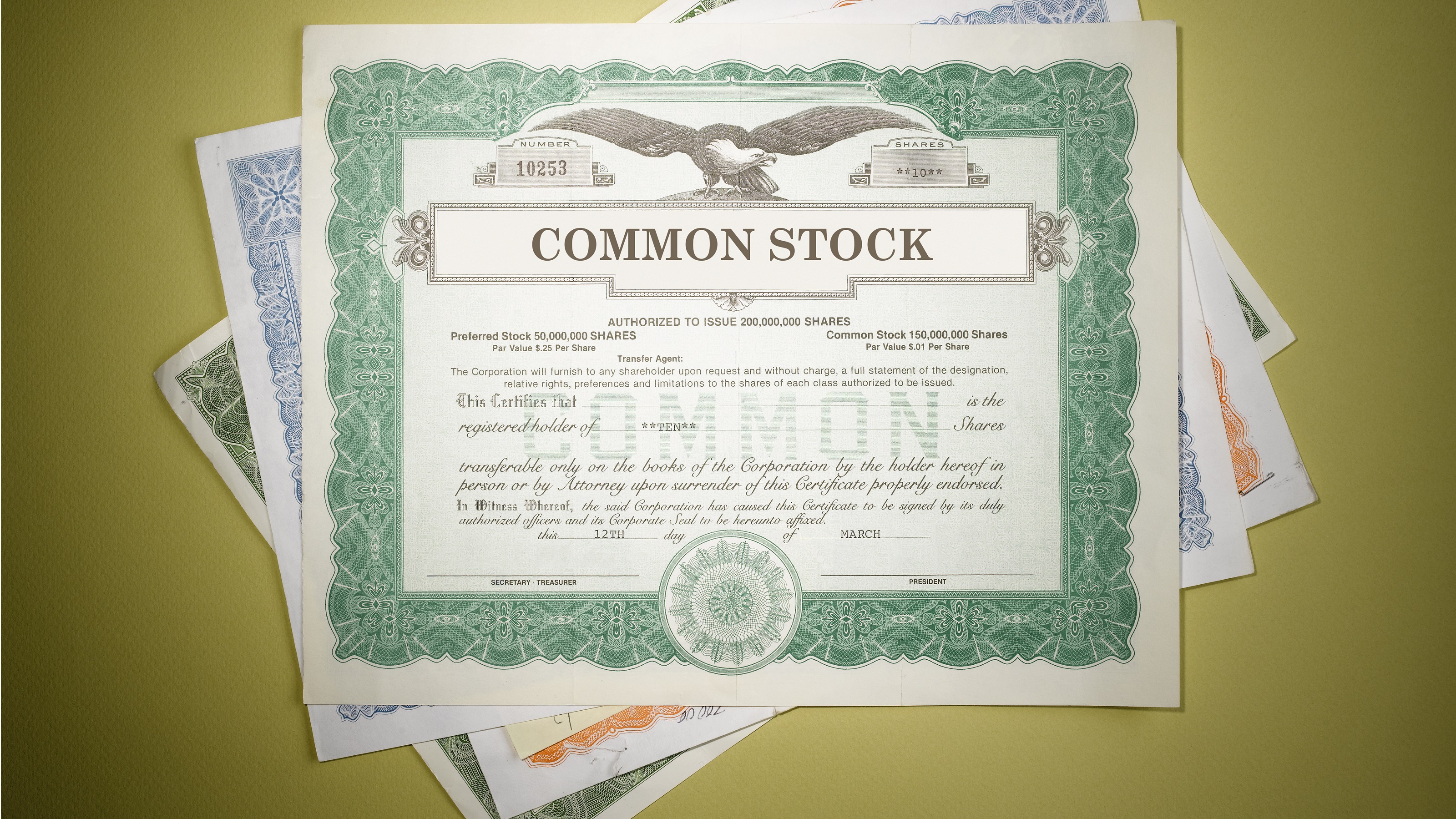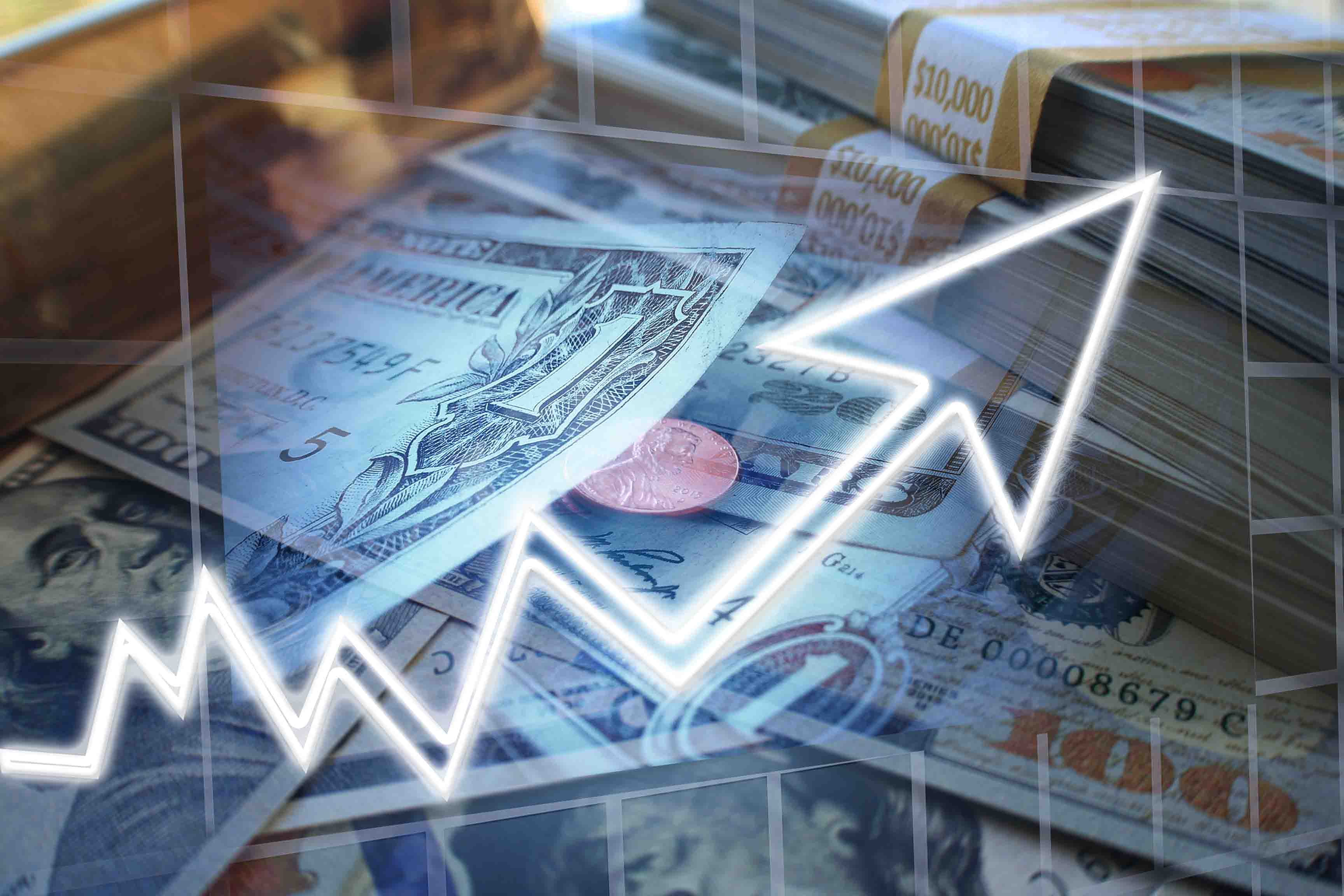New Rules for Retirement Savings Taking Effect in 2025
Many employees will be able to contribute more money to tax-advantaged workplace plans.


The Setting Every Community Up for Retirement Enhancement (SECURE) Act 2.0, enacted in late 2022, contained a long list of provisions that are scheduled to roll out over several years. Here’s a look at how the legislation could affect your retirement savings in 2025.
Larger catch-up contributions for those in their early 60s
Starting in 2025, participants in 401(k) or other employer-provided retirement plans who are ages 60 through 63 can take advantage of a provision allowing them to make a catch-up contribution of up to $10,000 or up to 150% of the regular catch-up contribution amount for those 50 and older — whichever is greater. (The IRS hadn’t announced standard 2025 contribution limits at press time.) In 2024, workers 50 and older can make up to $7,500 in catch-up contributions, in addition to the $23,000 limit for those younger than 50, for a total $30,500.
Those who turn 60, 61, 62 or 63 in 2025 can take advantage of this special catch-up contribution.

Sign up for Kiplinger’s Free E-Newsletters
Profit and prosper with the best of expert advice on investing, taxes, retirement, personal finance and more - straight to your e-mail.
Profit and prosper with the best of expert advice - straight to your e-mail.
You can direct your contributions to a traditional or a Roth 401(k) plan. While contributions to a Roth 401(k) are made with after-tax dollars, withdrawals are tax-free as long as you’re 59½ or older and have owned the account for at least five years. You can contribute to a Roth 401(k) regardless of your income level. And as of 2024, you’ll no longer be required to take minimum distributions from your Roth 401(k) plan when you turn 73.
Starting in 2026, workers age 50 and older who earned $145,000 or more in the previous year will be required to funnel catch-up contributions to a Roth 401(k) plan. This provision of the SECURE 2.0 Act was originally scheduled to take effect in 2024, but the IRS postponed implementation until 2026 after plan providers and employers — particularly those who don’t yet offer a Roth 401(k) — said they needed more time to prepare.
Automatic enrollment
A study by the Vanguard Group, one of the largest 401(k) providers, found that 90% of workers who are automatically enrolled in their employer’s retirement plan remain in the plan. Starting in 2025, businesses adopting new 401(k) or 403(b) plans will be required to automatically enroll new employees at a contribution rate of between 3% and 10% of compensation. They’ll also be required to increase the contribution rate by 1% each year, to a maximum of at least 10% but no more than 15% of compensation.
Employees who don’t want to participate will have to opt out of the plan. Businesses with 10 or fewer employees or start-ups that have been in business for less than three years will be excluded from this requirement.
Tracking down lost 401(k) plans
The Secure 2.0 Act directed the U.S. Department of Labor to create a search tool for individuals who want to track down a former employer’s plan. Starting in 2025, employers will be required to share information about orphaned plans with the Department of Labor, which should make it easier for workers to find lost plans.
In the interim, if you’ve lost track of an old 401(k) plan, search your files for account statements from the plan. These should provide some key data to help your search, such as your account number and the contact information for the plan administrator.
It’s also possible that your employer turned over your 401(k) balance to your state’s unclaimed-property fund. Your state’s treasury department should offer an online service that lets you search for your money.
You can also check the National Registry of Unclaimed Retirement Benefits or missingmoney.com, a database endorsed by state treasurers.
Note: This item first appeared in Kiplinger Personal Finance Magazine, a monthly, trustworthy source of advice and guidance. Subscribe to help you make more money and keep more of the money you make here.
Related content
Get Kiplinger Today newsletter — free
Profit and prosper with the best of Kiplinger's advice on investing, taxes, retirement, personal finance and much more. Delivered daily. Enter your email in the box and click Sign Me Up.

Block joined Kiplinger in June 2012 from USA Today, where she was a reporter and personal finance columnist for more than 15 years. Prior to that, she worked for the Akron Beacon-Journal and Dow Jones Newswires. In 1993, she was a Knight-Bagehot fellow in economics and business journalism at the Columbia University Graduate School of Journalism. She has a BA in communications from Bethany College in Bethany, W.Va.
-
 The AI Doctor Coming to Read Your Test Results
The AI Doctor Coming to Read Your Test ResultsThe Kiplinger Letter There’s big opportunity for AI tools that analyze CAT scans, MRIs and other medical images. But there are also big challenges that human clinicians and tech companies will have to overcome.
By John Miley Published
-
 The Best Places for LGBTQ People to Retire Abroad
The Best Places for LGBTQ People to Retire AbroadLGBTQ people can safely retire abroad, but they must know a country’s laws and level of support — going beyond the usual retirement considerations.
By Drew Limsky Published
-
 Return to Your Home Country to Retire: Repatriation Retirement
Return to Your Home Country to Retire: Repatriation RetirementThey came to the U.S. to live and work, but they want to retire in the old country. Here's how to juggle the move back home.
By Alina Tugend Published
-
 Aging Well: 10 Things You Should Know
Aging Well: 10 Things You Should KnowIf you're committed to aging well, these tips can save on healthcare costs and make your later years more fulfilling.
By Martha McCully Published
-
 What Retirees Need to Know About Taxes
What Retirees Need to Know About TaxesTake steps to avoid a surprise tax bill and underpayment penalties.
By Sandra Block Published
-
 What Is a Medallion Stamp? The Requirement for Transferring Securities
What Is a Medallion Stamp? The Requirement for Transferring SecuritiesTransferring securities from one account to another often requires this extra step.
By Emma Patch Published
-
 How Dividend Reinvestments Work for Retirement
How Dividend Reinvestments Work for RetirementWant your retirement investments to keep growing? Here's what you should know about dividend reinvestment.
By Robert H. Yunich Published
-
 ABLE Account: A Savings Tool to Empower People With Disabilities
ABLE Account: A Savings Tool to Empower People With DisabilitiesAn ABLE account can improve quality of life for individuals with a disability — it permits tax-free saving for ongoing expenses without jeopardizing benefits.
By Ella Vincent Published
-
 20 Ways to Clean Up Your Finances This Spring
20 Ways to Clean Up Your Finances This SpringSpring cleaning is therapeutic and stops costly problems from building up around the home. Why not tackle the dusty corners of your finances at the same time?
By Lisa Gerstner Published
-
 The 'Concerning Trends' in Retirement Now
The 'Concerning Trends' in Retirement NowAmericans are less satisfied with their life in retirement and cite inflation and higher healthcare costs as just two of the problems they're facing.
By Janet Bodnar Published